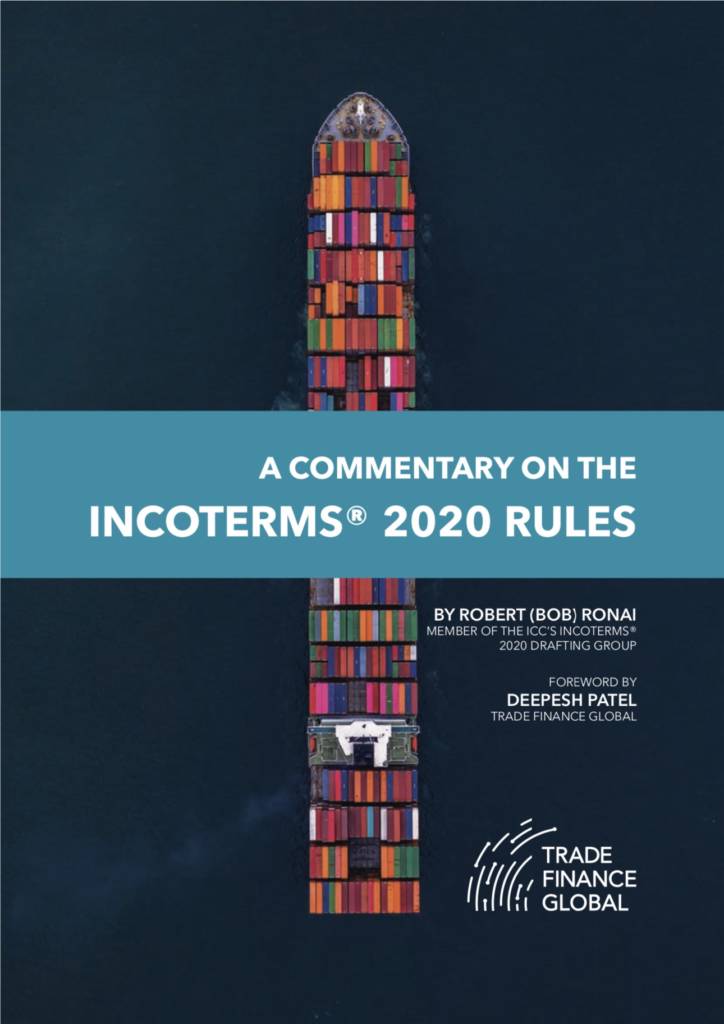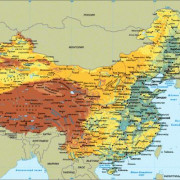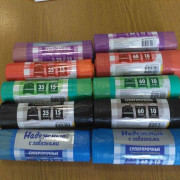Статусы посылок aliexpress standard shipping
Содержание:
- Provide Complete and Accurate Information to Your Customs Broker/Freight Forwarder
- Properly Load Your Shipping Container
- Trade agreements
- Что означает статус Customs clearance, Released by custom house
- What is Customs Clearance?
- 1. Properly Load Your Shipping Container
- 2. Provide Complete and Accurate Information to Your Customs Broker/Freight Forwarder
- Types of Entry
- Возможные проблемы при прохождении таможни
- What is Customs Clearance
- The Process of Customs Clearance
Provide Complete and Accurate Information to Your Customs Broker/Freight Forwarder
There is a great deal of paperwork involved in international shipping. The complications of shipping cargo from one country to another is why freight forwarders like UCM exist.
We have the experience and knowledge of smoothly shipping cargo from one country to another so you, the shipper, don’t have to worry about all the details, regulations, and hassles and can focus on your business.
Still, there is a certain amount of paperwork you will need to provide to your freight forwarder.
Being accurate and thorough with your paperwork is important. This includes business information, inventories or itemized lists of shipments, and value of cargo.
This information affects the duties and custom fees at the ports, helps assess the risk of your cargo shipment, and more.
The last thing you want is for customs to find your shipping manifest is inacurate and think you’re trying to sneak something past them.
What you do want is a low risk assessment of your cargo shipment at customs.
Most of the paperwork of your international shipping will be handled by us, your freight forwarder and with over 25 years of experience, Universal Cargo Management is prepared to handle your customs along with any problems that may arise; but, accuracy on your part will help us keep your international shipping smooth from beginning to end.
Always, we’ll be here to walk you through any questions you have when it comes to international shipping, paperwork, and customs clearance.
Properly Load Your Shipping Container
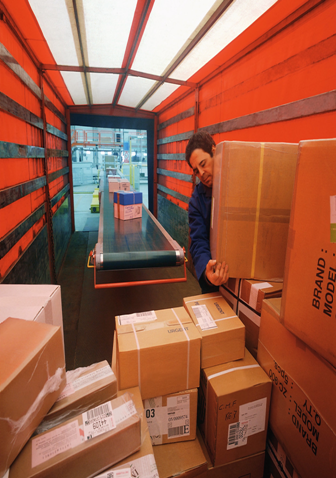 One of the biggest things you can do is make sure your shipping container is properly loaded.
One of the biggest things you can do is make sure your shipping container is properly loaded.
Ultimately, as the shipper, you are responsible for the loading of your shipping containers. You can do so as you see fit; however, if shipping containers are not properly loaded, you could cause red flags to go off at customs.
Improper loading may lead to extensive examinations and even searches of your international shipments. You don’t need the delays and costs that are associated with this.
Household and personal effects shippers should pay special attention to this as such shippers tend to have less experience with international shipping and container loading than business importers and exporters.
To help in this area, Universal Cargo Management has a Container Loading Guidelines page on our site.
Trade agreements
There are many ways to bring goods into the United States. A well thought out import strategy can help you to achieve the best results for your projects. Understanding the requirements of different trade agreements is part of a successful import strategy.
To prove eligibility of imported merchandise for preferential treatment the importer must have documentation on the production of the merchandise. In particular, information on cost and origin of materials or substance. And, the direct cost of production, labor costs and other details of the production of the goods.
Meeting requirements of the trade agreements to get preferential treatment is not an easy task. Nevertheless, the savings on duties and taxes that those trade agreements provide can be significant.
Что означает статус Customs clearance, Released by custom house
Дословно Customs clearance, Released by custom house переводится на русский язык как «Разрешение таможни получено, товар пропущен таможенной службой». Этот статус появляется в конце прохождения посылкой проверки безопасности, которая состоит из нескольких этапов:
- передержка на складе — там посылка находится после отгрузки с самолета службы доставки и ждет своей очереди. Прибытие на склад сопровождается статусом Received by line-haul;
- прохождение рентгена — на этом этапе сотрудники таможни проверяют посылку на наличие запрещенных к провозу товаров и соответствие декларации;
- проверка соответствия указанной в декларации стоимости товара реальной для исключения беспошлинного провоза коммерческих партий;
-
выпуск с таможни — этот этап и обозначается описываемым статусом и Security check success.
Подозрительные посылки могут вскрываться и изучаться тщательнее, о чем составляется соответствующий акт, прилагаемый к отправлению и выдаваемый получателю в почтовом отделении. Каждая посылка не досматривается.
What is Customs Clearance?
Posted March 20, 2013 In customs clearance, exports, Freight Forwarder, import, International Shipping
What is customs clearance?
as:
Management Study Guide provides information that gives one a better idea of what customs clearance entails:
Of course, Management Study Guide doesn’t get into the intricacies of customs clearance. The above is still just skimming the surface.
B2B Customs Clearance? Click Here For A Free Quote
Every port in every country around the world puts your cargo through a customs clearance process.
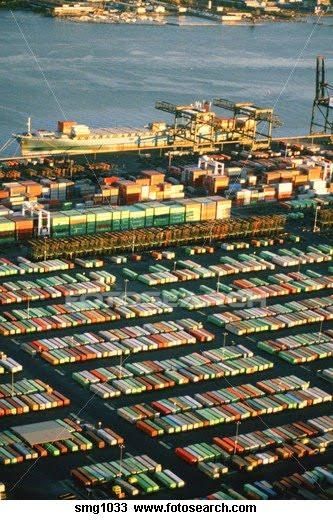 What’s more, the rules, regulations, and laws are a bit different from country to country, sometimes from port to port within a country, making someone who specializes in customs clearance very important to a shipper exporting and importing goods.
What’s more, the rules, regulations, and laws are a bit different from country to country, sometimes from port to port within a country, making someone who specializes in customs clearance very important to a shipper exporting and importing goods.
These specialists are called customs brokers and the work they do is called customs brokerage or sometimes customs broking.
Having the wrong person handle your customs brokerage can be very problematic. Shipping containers are warehoused as they go through customs clearance. Warehousing and storage fees can add up quickly. If there is a problem with your customs brokerage and your customs clearance does not happen smoothly, your shipping costs could go up by hundreds to thousands of dollars.
On top of these costs, the delay in getting your shipping containers released to you because of customs clearance problems could cost your business more money because the arrival of your shipment is delayed.
Your freight forwarder should also be able to handle your customs clearance, but you can choose to handle it separately with your own customs broker.
When choosing a freight forwarder, you want a company with the experience to handle your customs clearance well and who knows what to do should any issues arise.
For these reasons, going with the cheapest freight forwarder you can find to handle your international shipping can turn out to be much more expensive than hiring a freight forwarder with a little higher quote but who has much more experience in the business.
There are other things you can do to help ensure your shipping containers make it through customs smoothly.
Here are 2 ways you can help make the customs clearance process smooth for your shipment.
1. Properly Load Your Shipping Container
 One of the biggest things you can do is make sure your shipping container is properly loaded.
One of the biggest things you can do is make sure your shipping container is properly loaded.
Ultimately, as the shipper, you are responsible for the loading of your shipping containers. You can do so as you see fit; however, if shipping containers are not properly loaded, you could cause red flags to go off at customs.
Improper loading may lead to extensive examinations and even searches of your international shipments. You don’t need the delays and costs that are associated with this.
Household and personal effects shippers should pay special attention to this as such shippers tend to have less experience with international shipping and container loading than business importers and exporters.
To help in this area, Universal Cargo Management has a Container Loading Guidelines page on our site.
2. Provide Complete and Accurate Information to Your Customs Broker/Freight Forwarder
There is a great deal of paperwork involved in international shipping. The complications of shipping cargo from one country to another is why freight forwarders like UCM exist.
We have the experience and knowledge of smoothly shipping cargo from one country to another so you, the shipper, don’t have to worry about all the details, regulations, and hassles and can focus on your business.
Still, there is a certain amount of paperwork you will need to provide to your freight forwarder.
Being accurate and thorough with your paperwork is important. This includes business information, inventories or itemized lists of shipments, and value of cargo.
This information affects the duties and custom fees at the ports, helps assess the risk of your cargo shipment, and more.
The last thing you want is for customs to find your shipping manifest is inacurate and think you’re trying to sneak something past them.
What you do want is a low risk assessment of your cargo shipment at customs.
Most of the paperwork of your international shipping will be handled by us, your freight forwarder and with over 25 years of experience, Universal Cargo Management is prepared to handle your customs along with any problems that may arise; but, accuracy on your part will help us keep your international shipping smooth from beginning to end.
Always, we’ll be here to walk you through any questions you have when it comes to international shipping, paperwork, and customs clearance.
Click Here For Free Freight Rate Pricing
Types of Entry
Our experts understand trade agreements and types of entry. Therefore, they can provide clients with the necessary expertise to refine their import strategy. Most companies cannot afford to have such experts on staff. A professional customs broker can help importers create an import strategy or reevaluate and optimize current procedures. Different types of entry include:
Consumption entry – Goods are imported for use in the United States. They are delivered directly to the consumer, the wholesaler or retailer, without any time or use restrictions placed on them.
Warehouse entry – Goods on a bond can be stored without payment of tariffs or duties for a certain period. This type of entry also covers temporary importation under bond, for a trade fair, or a permanent exhibition. After that, the importer can pay import duties to withdraw his goods from the warehouse for consumption in the U.S.
Other types of entries available to importers Include Government entries, entries for Immediate Transportation, Transportation and Exportation, Immediate Exportation. As well as Quota/Visa entry, Anti-dumping/Countervailing Duty, and Foreign Trade Zone.
Importer Security Filing, ISF (10+2)
For cargo arriving by vessel, the process of importation starts with the Importer Security Filing, also known as ISF 10+2, or ISF-10 and ISF-5. An importer, or authorized agent, must submit ISF no later than 24 hours before the cargo is laden aboard the vessel at the foreign port.
An Importer Security Filing is not required for bulk cargo. For breakbulk cargo, the ISF is required 24 hours before arrival.
CBP may issue liquidated damages of $5,000 per violation for the submission of an inaccurate, incomplete or untimely ISF. If goods for which an ISF has not been filed arrive in the U.S. CBP may withhold the release or transfer of the cargo.
Entry Documentation
When a shipment reaches the United States., the importer, or a customs broker, has to file entry documents at the port of entry. They must file the entry summary at the time of entry or Customs Release form (CBP Form 3461).
Importers can submit entry documentation before the merchandise arrives within the limits of the port. However, they have to file entry within 15 calendar days after landing from a vessel, aircraft or vehicle.
The import documentation includes Form 3461; evidence of the right to make an entry, such as a bill of lading or air waybill; a commercial invoice; a packing list. CBP or other Federal agencies may require other documents for a particular shipment.
The entry summary must be on the CBP Form 7501, or its electronic equivalent.
Customs will release merchandise from its custody only if the importer or his broker has filed a single entry bond or continuous bond on Customs Form 301.
Imported goods are not legally entered until after the shipment has arrived within the port of entry, CBP has authorized delivery of the merchandise, and the importer has paid estimated duties.
HTS Classification
Classification is one of the most important parts of customs clearance. CBP pays close attention to classification to protect revenue.They may determine that they cannot liquidate the entry due to incorrect tariff classifications.U.S. Harmonized Tariff Schedule (HTS) sets the classification of all imported goods. Imported items can be classified as subject to duty or duty-free. HTS also sets the rates of duty.
Finding an appropriate HS Number for products is not always easy. While your vendors may specify a 10-digit HTS code on the commercial invoice, the 10-digit number you use for U.S. import purposes may be different than the 10-digit number they need to use in their country for their export purposes.
Why are they different?The first six digits of the HS are called the international level.It is uniform for all countries that agree to the Harmonized System. However individual countries have the authority to add to the HS system to create 10-digit codes. Any digits beyond those six are country-specific and as a result, are generally different for every country.
Because classification isn’t always easy, the process can result in some disagreement between you and your vendor. Nevertheless, only the importer is responsible for the right classification of merchandise. Therefore, errors in classification may result in overpayment of duties, penalties, and delay of shipments. A professional broker can help you to avoid costly mistakes.
Get a Broker for Customs Clearance
Customs clearance is a complex process. We are constantly updating our system to ensure compliance with all changes to regulatory procedures. As a National Permit holder, we provide customs clearance service at all ports of entry in the United States.
or call: 202-258-9164
Возможные проблемы при прохождении таможни
Срок прохождения таможни не зависит от типа доставляемого товара и используемой службы доставки. По закону все процедуры с посылкой должны быть совершены в течение одного дня. Весь путь отправления от аэропорта до почтового отделения должен уложиться в неделю для Москвы, 9 дней для Санкт-Петербурга и других крупных региональных центров, 11 дней для остальной территории России.
В некоторых случаях посылка может задержаться на таможне на больший срок — чаще всего это связано с праздниками, в которые служба оказывается перегруженной. Касается это преимущественно товаров, отправленных национальными сервисами доставки — в случае с Алиэкспресс это Почта Китая.
Если статус Customs clearance, Released by custom house не появляется в течение нескольких дней и более, и объективных причин этому нет, значит, с посылкой возникли проблемы. Узнать, что с ней произошло, можно несколькими способами:
- через уведомление о задержании посылки;
- звонком на горячую линию Федеральной таможенной службы — номер ее +74957401818;
- оставив жалобу.
Возможно также, что проблема не с таможней, а с самим трекингом. В последнее время у Почты России наблюдаются проблемы с системой отслеживания, и посылка может быть в пути в то время как статус, говорящий о выходе отправления с таможни, не меняется. Вполне может случиться такая ситуация, что посылка придет в почтовое отделение по месту жительства раньше, чем выдвинется из аэропорта по треку.
Чаще всего проблемы с таможней возникают, если посылка пришла из Китая в аэропорт Внуково. Если отправление задерживается в нем больше, чем на 3 недели, следует написать заявление на розыск посылки. Для этого нужно получить у продавца чек, скачать с сайта Почты России бланк и заполнить его, затем отдать оба документа оператору почтового отделения. Ответ должен прийти в течение 2 недель.
What is Customs Clearance
When you are importing your merchandise into the U.S. you must clear it through Customs and often get permits from participating government agencies (PGA). In short, customs clearance is the preparation and submission of import documentation.Import clearance process includes:
- Entry: Consumption, Warehouse, Mail
- Importer Security Filing ’10+2′ (ISF)
- Continuous Bonds Filing. Depending on the volume of your import, we can help your company to obtain an annual or single bond for your shipments;Coordination of Customs Examinations;
- Other Government Agency Filing: FDA, USDA, FCC, DOT, EPA, F&WL;
- In-Bond Entry;
- Specialized Tariff Classification;
- Application for Importer ID;
What is a Formal Entry
According to U.S. regulations, all merchandise imported into the United States is required to be formally entered unless specifically excepted.In general, the exception covers special cases, such as the import of some vessels, instruments of international traffic under certain conditions, railway locomotives and undeliverable articles.
Importers have to file Formal Entry for every importation over $2,500 in value.
If the value of the merchandise does not exceed $2,500, CBP may or may not require a formal entry.
The regulations describe merchandise that qualifies for informal entry. In most cases, an importer doesn’t need professional help with informal entry.Examples of merchandise that can qualify for informal entry include shipment of merchandise of fair retail value in the country of shipment not exceeding $800.
However, importers cannot use informal entry procedures for prohibited or restricted merchandise. That includes merchandise subject to a quota or other quantitative restraints. As well as any articles precluded from informal entry procedures by regulations.
The Process of Customs Clearance
-
We check product-specific import requirements to make sure your product meets participating government agencies (PGA) criteria.
-
Our experts evaluate your commercial documents to see if they are compliant with regulatory requirements, before their submission.
-
Your customs broker will properly classify your goods and determine all import duties and taxes.
-
We assist in the acquisition of the necessary customs bond.
-
Our broker prepares and submits the necessary information and payments to the Customs and Border Protection (CBP) on our client’s behalf.
-
We represent clients during cargo examination.

